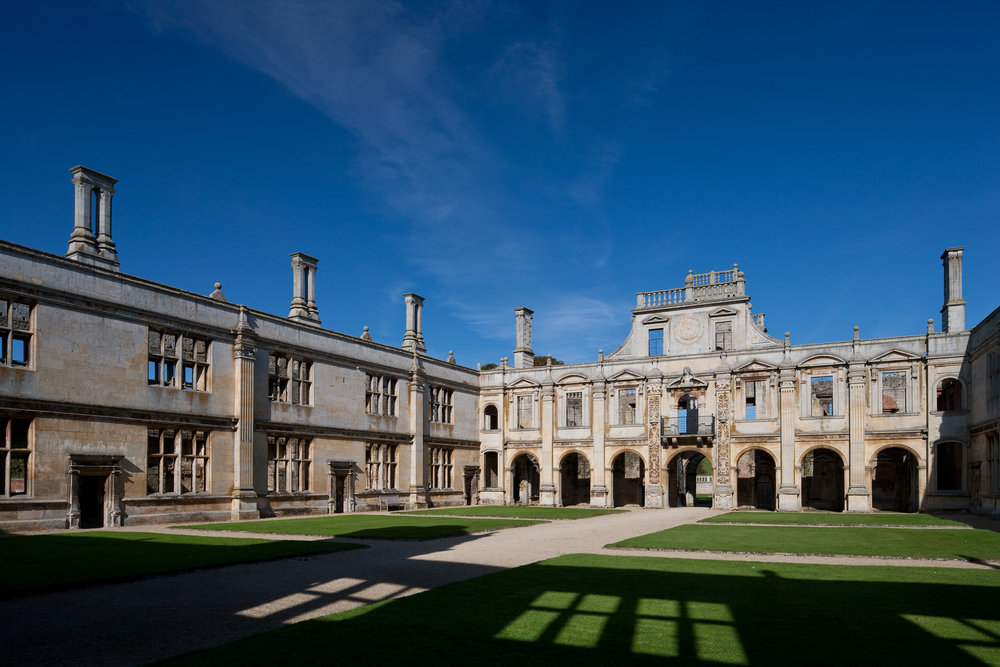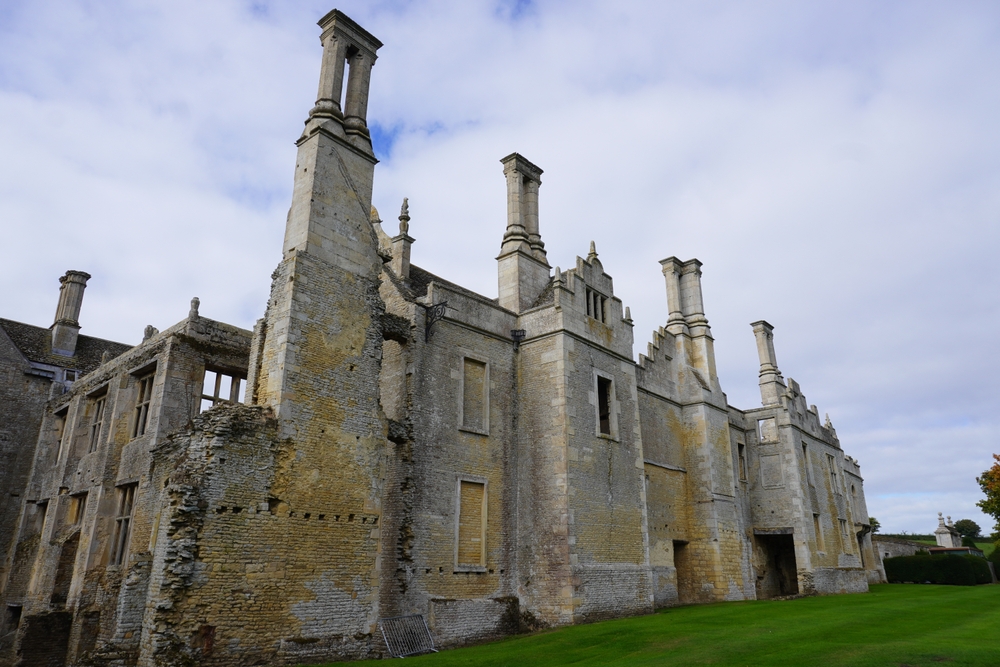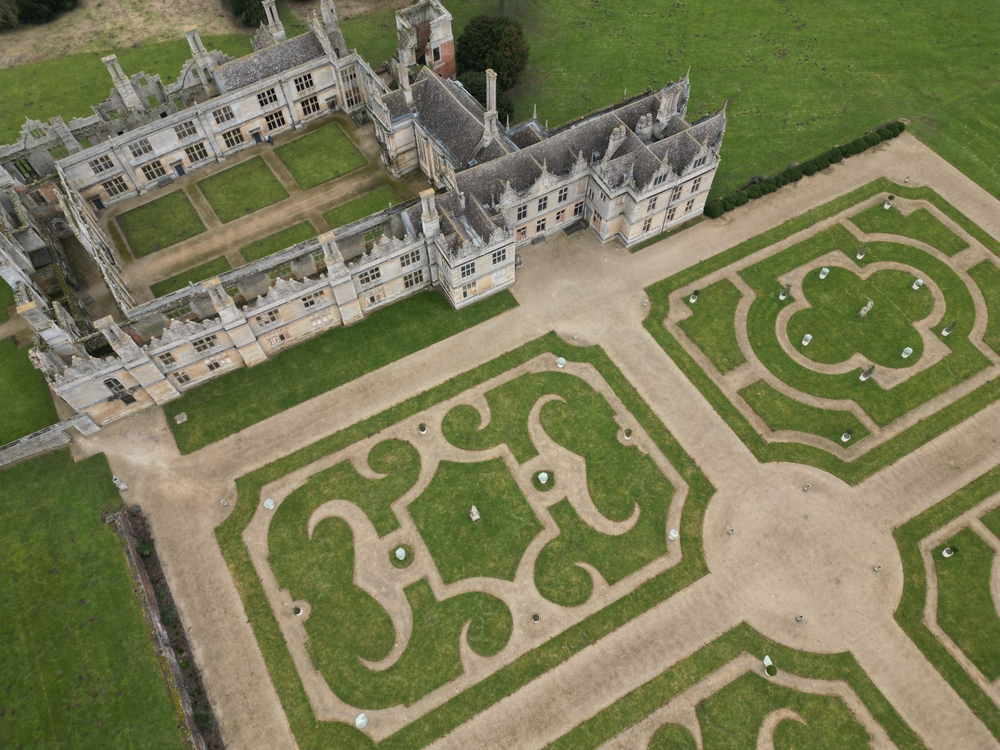Kirby Hall: A Visitors Guide
Kirby Hall is a beautiful Elizabethan country house known for its stunning architecture and beautiful gardens, as well as its long and fascinating history. Today, Kirby Hall is owned and managed by English Heritage, and it is open to the public for tours and events throughout the year.
Explore the Fascinating History and Architecture of Kirby Hall, Northamptonshire

A BRIEF HISTORY
The history of Kirby Hall dates back to the late 16th century when Sir Humphrey Stafford began construction on the house. However, Sir Humphrey died before the house was completed, and it was left unfinished for several years. In 1575, the house was purchased by Sir Christopher Hatton, a courtier and statesman who served under Queen Elizabeth I. Sir Christopher completed the construction of the house and added many of the features that make it so impressive today.
The Long Gallery
One of the most striking features of Kirby Hall is its long gallery, which is one of the largest in England. The gallery measures over 100 feet in length and is adorned with intricate carvings and decorations. The gallery was used for a variety of purposes over the years, including as a space for entertaining guests and for exercise during inclement weather. It truly is a sight to behold and we recommend a visit just for this!


Gardens And Grounds
Kirby Hall is also known for its beautiful gardens and grounds. The gardens were designed by the famous landscape architect, George London, in the early 18th century, and they feature a mix of formal and informal styles. Visitors can stroll through the gardens – perfect for an afternoon exploration.
Throughout its history, Kirby Hall has been the site of many important events and milestones. In the 17th century, the house was owned by Sir Christopher Hatton’s descendants, and it was frequently visited by members of the royal family, including King James I and King Charles I. During the English Civil War, Kirby Hall was occupied by Parliamentarian troops, and it was badly damaged during the conflict. However, the house was later restored and continued to be used as a residence until the early 20th century.




